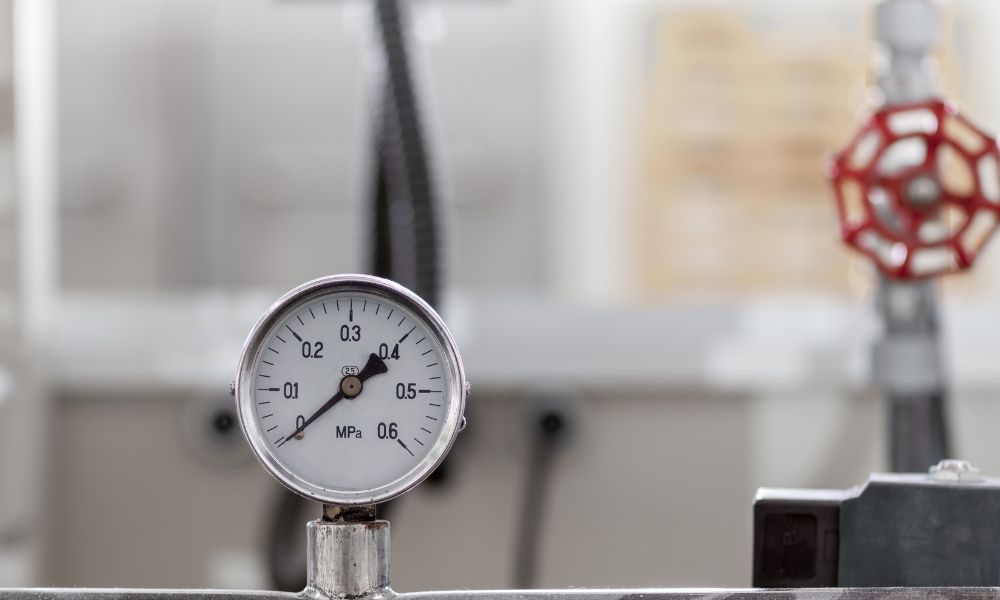Paper towels are common household items people tend to stock up on—especially right now. However, not many people know how paper towels are manufactured. A lot goes into paper towel production—including wood fibers, industrial rollers, and absorbent products—to ensure quality rolls every time.
Making the Pulp
The first step in industrial paper towel manufacturing is making the pulp. Just as with toilet paper, paper towels use a pulp composed of wood fibers mixed with chemical additives. The fibers bond with each other and then separate until they become a pulp. Once a usable pulp forms, it’s cleaned and bleached. This gets rid of any contaminants and particles that can ruin the paper quality. This mixture then filters through large screens that refine the pulp as much as possible, and a bleach solution then whitens it. After processing through more machines, the mixture is combined with resin to strengthen and bond the fibers. This final mixture travels across several industrial heating and cooling rollers, which form it into the right shape.
Bonding the Paper
During manufacturing, paper towels don’t need to be as hard-pressed as other paper products. Two pieces carefully bond together to form a single sheet using a light adhesive. When the two layers conjoin, they form small air pockets that absorb liquids. This whole process only makes one-ply paper towels—whereas two-ply paper towels are made up of two different sheets bonded together. The quality of the mixture, quality of the bond, and type of resin make up the composition of the paper towel.
How Paper Towels Absorb Liquids
The air pockets allow the paper towel to absorb water and other liquids, but more goes into the absorption process than that. Each cellulose fiber in paper is made up of sugar molecules. When water molecules cling to the cellulose fibers, the paper towel can readily absorb the spill. This allows paper towels and toilet paper to absorb a certain amount of liquids before breaking down.






